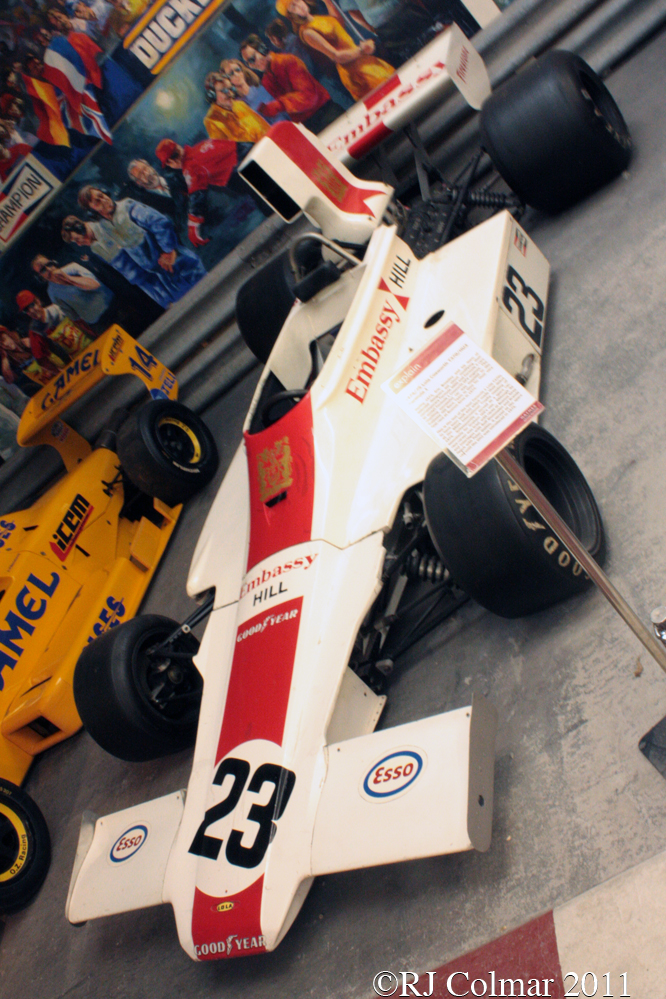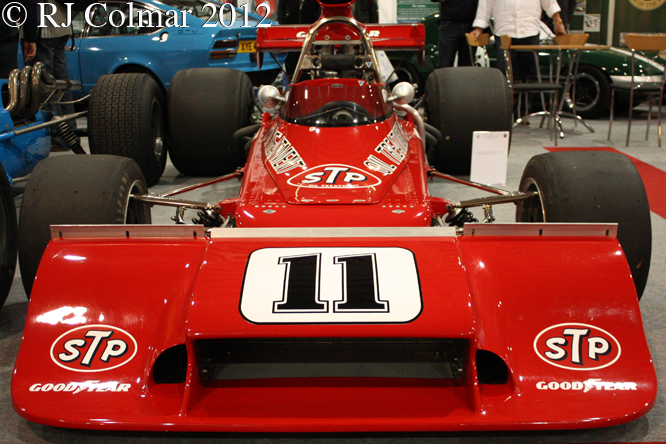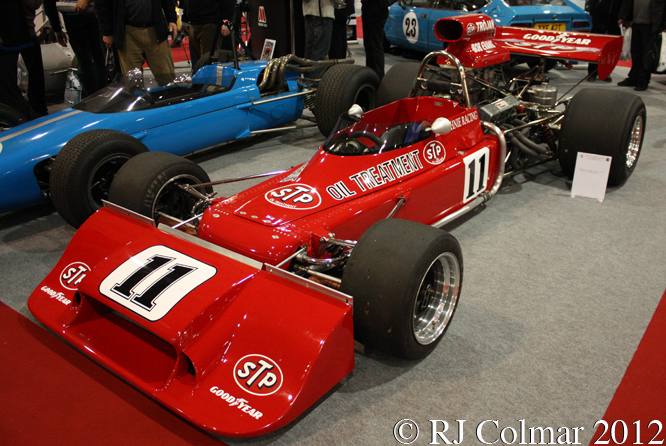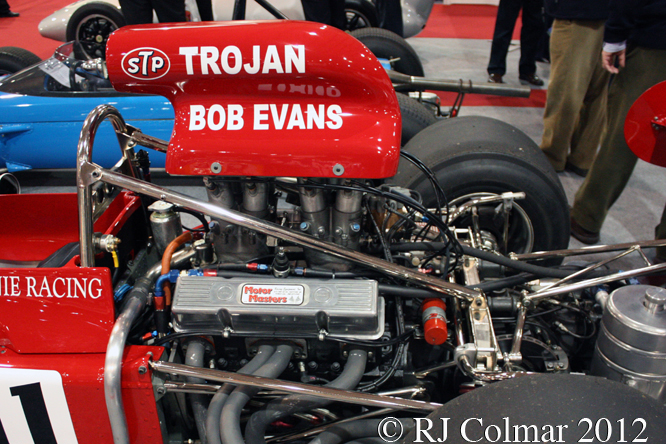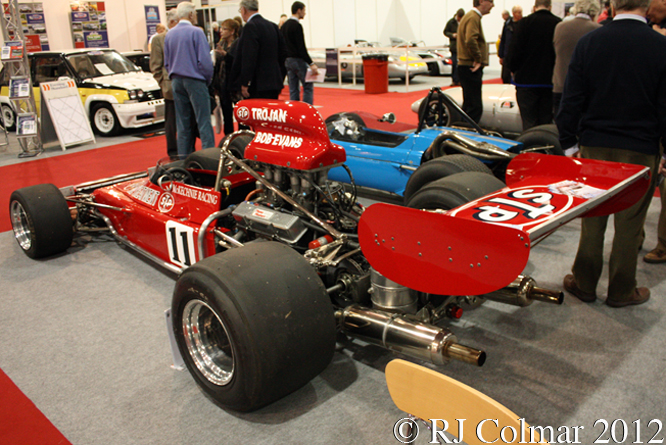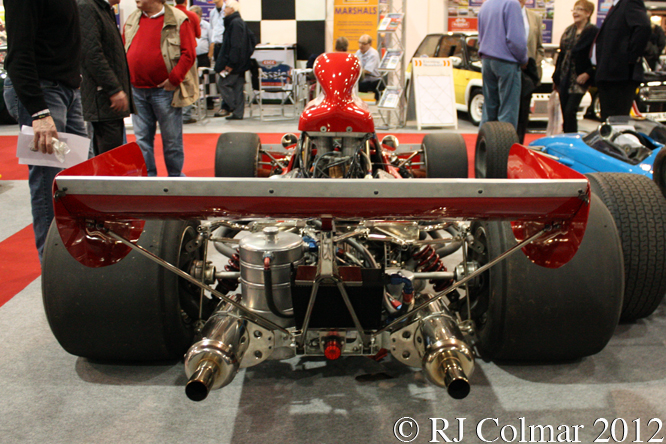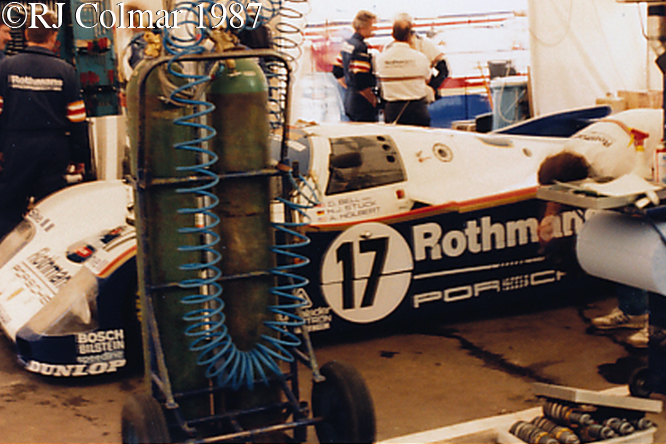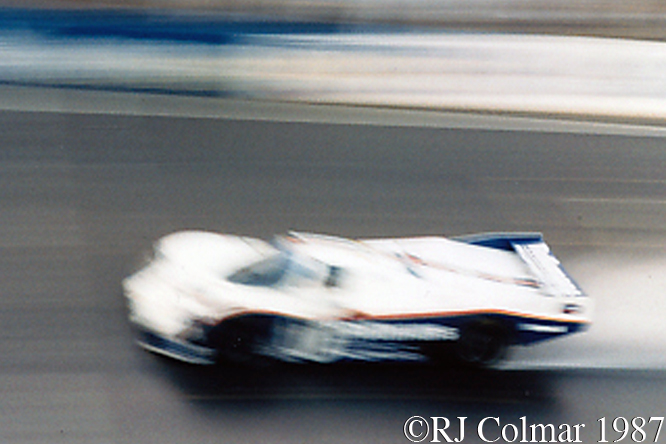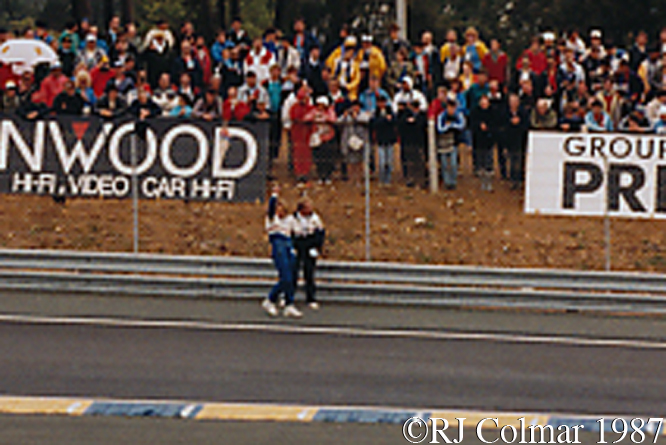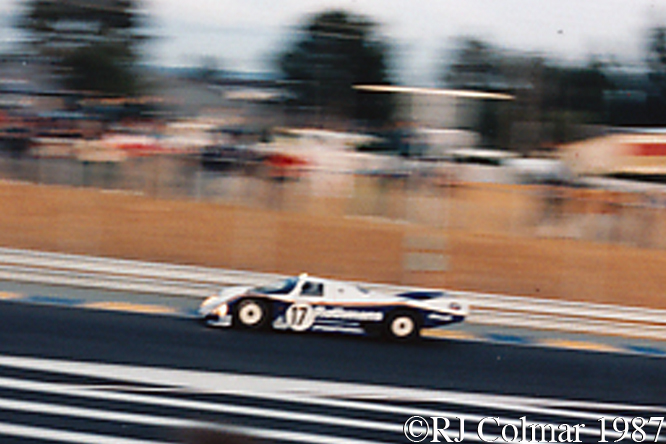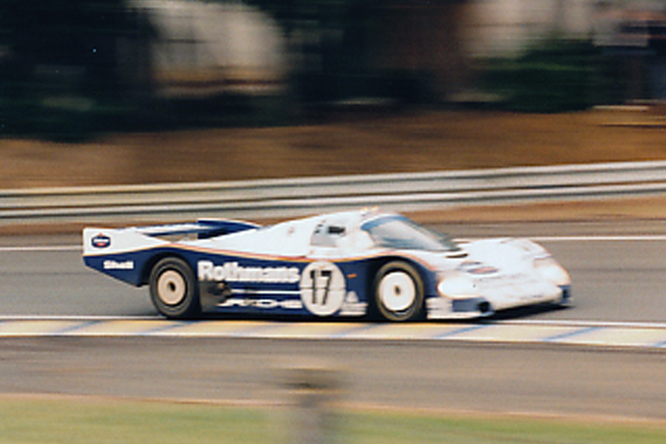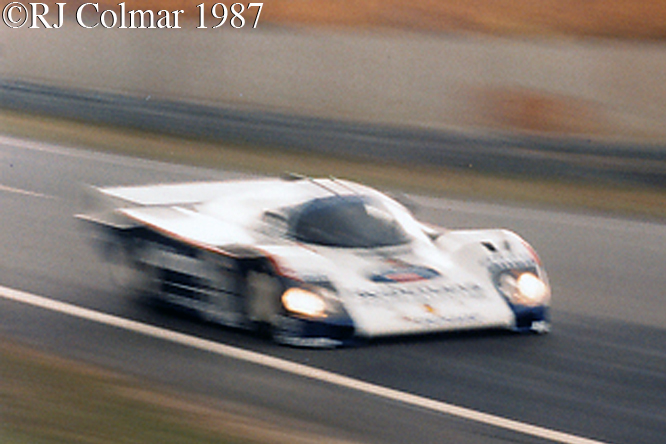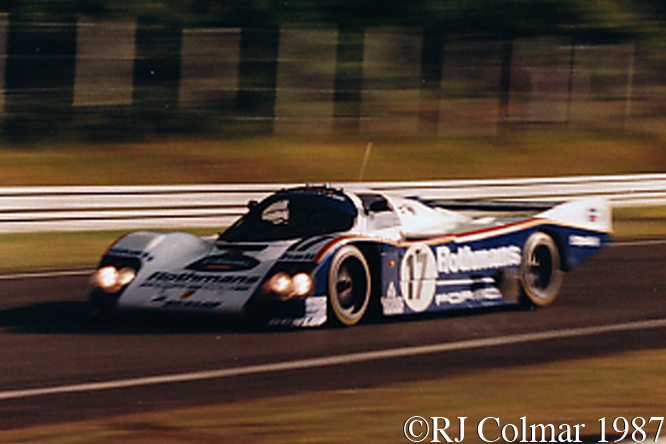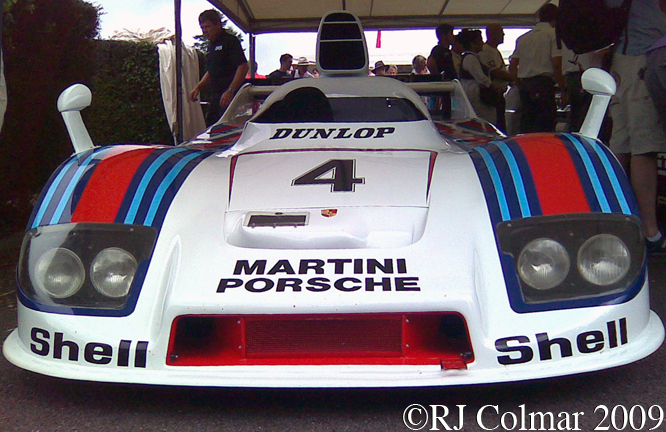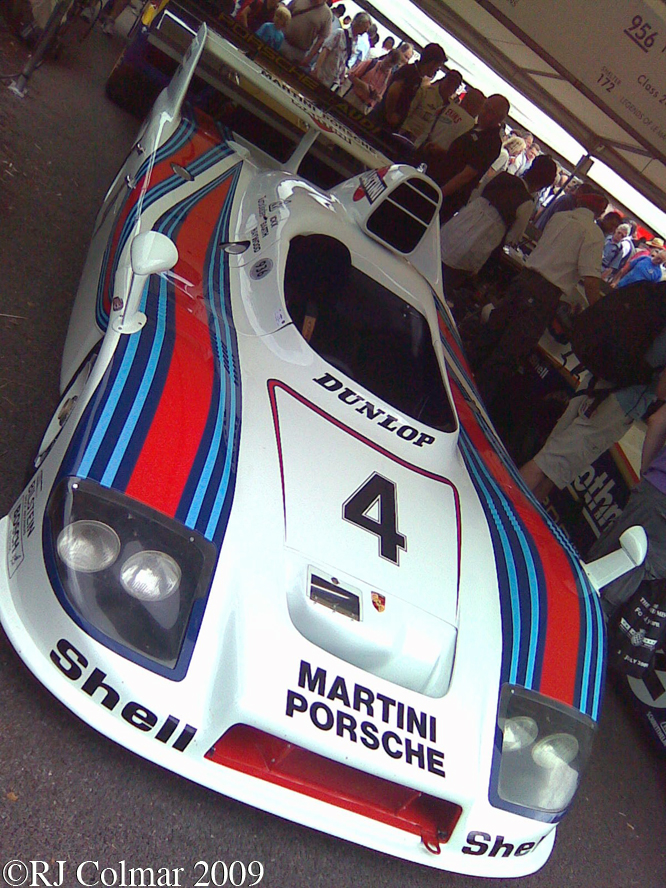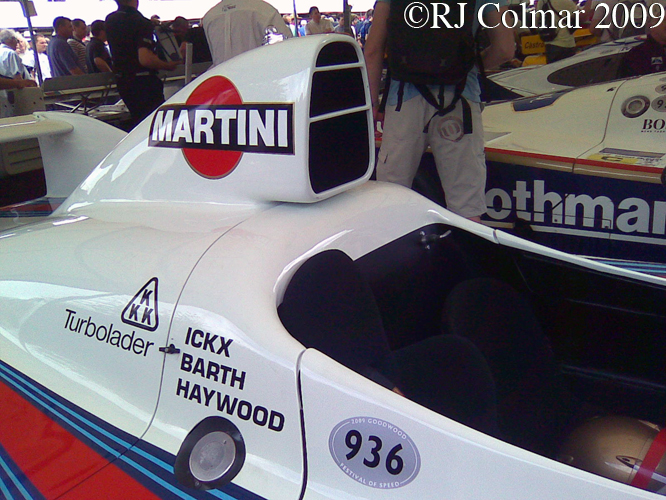1973 was the year in which my interest for motor racing and particularly Grand Prix motor racing ramped up from excited enthusiast to bordering, and some might say well exceeding, obsessive.
I thought it would be fun for the five Sundays in March to share the 40th anniversary of my passion for international motor racing with you by looking at five Grand Prix cars that took part in the 1973 season.
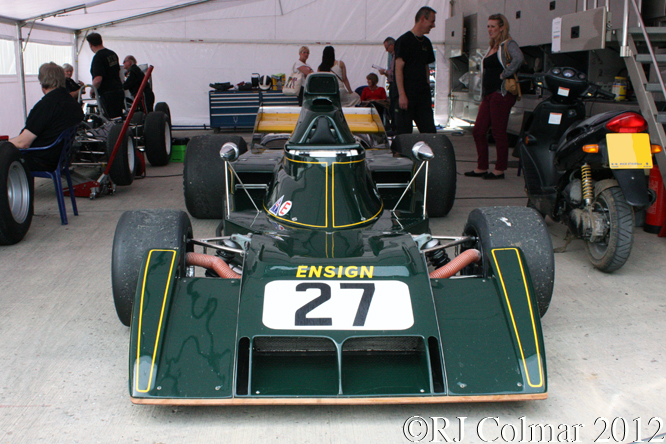
The first car in this series of five Sunday blogs is the Ensign N173, it did not appear until 1973 French Grand Prix half way through the season, but I remember the first time I set eye’s on a picture of it printed in a copy of Motorsport I had an extremely affirmative WOW ! Looks like a green Batmobile, reaction to both it’s shape and colour scheme which was unspoiled by any concessions to commercial considerations quite simply because the team had no sponsor.
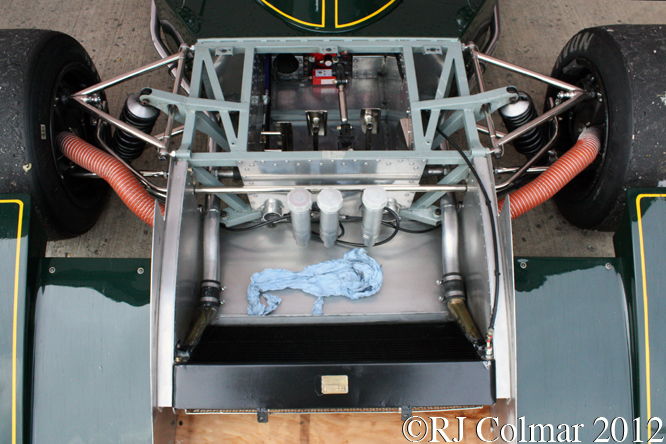
Morris ‘Mo’ Nunn had progressed as far as the works Lotus Formula 3 team by 1969 when he decided his future lay not in the driving seat but as a manufacturer of racing cars. He started building his first car to the third tier Formula 3 regulations in his immaculately prepared garage behind his house in Walsall.
By 1971 the Ensign was up and running and Bev Bond won a race, with the space frame chassis car that featured Lotus 59/69 front up rights and Brabham magnesium rear uprights, fourth time out at Brands Hatch.
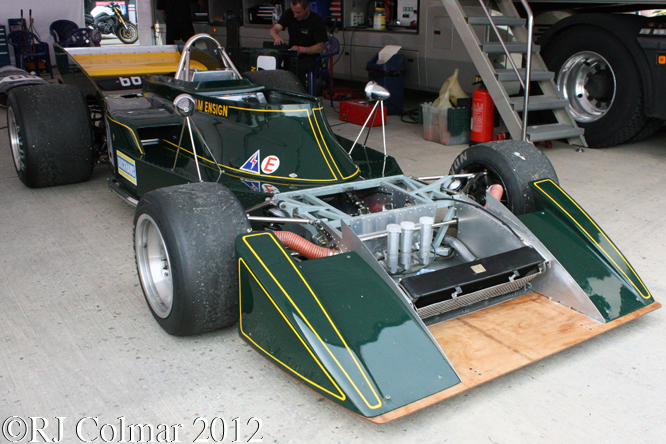
In 1972 Rikky von Opel, son of rocket car pioneer Fritz von Opel and grandson of Opel car manufacturer Adam Opel joined Mo Nunn’s Formula 3 team and together they won the 1972 Lombard North British Formula 3 Championship.
Encouraged by this success “Mo” and Rikky decided to take the step up into Formula One together, despite the fact that they had no commercial backer.
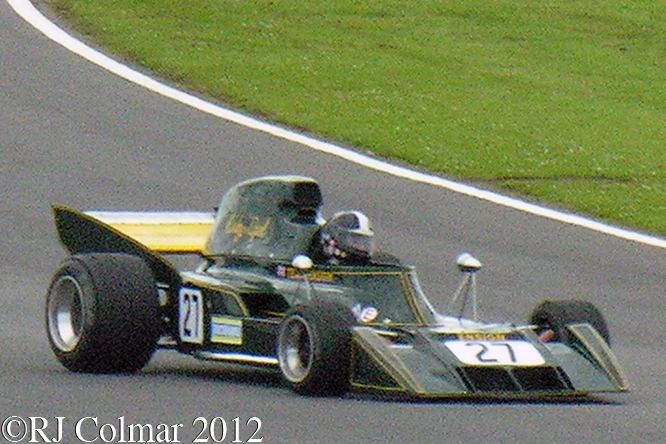
The Ensign N173 was a typical garagiste’s vehicle of the period, built around a monocoque powered by a Ford Cosworth DFV driving the rear wheels through a 5 speed Hewland gearbox.
By qualifying 25th, last but one, for the 1973 French Grand Prix and finishing 15th Rikky von Opel became the first driver from Lichtenstein to take part in a Grand Prix. He is still the only driver from the principality, population less than 40,000, to take part in a Grand Prix.
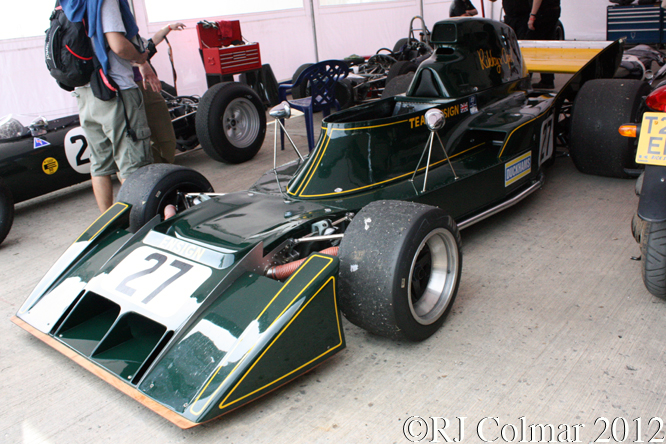
At the following British Grand Prix Rikky qualified 21st and finished 13th which was to be the highlight of Ensign’s 1973 season.
Reliability would become an increasing factor in the teams lack of performance over the remaining season, a seasons best 14th place qualification for the 1973 Dutch Grand Prix came to naught when the car did not start the race due to suspension damage.
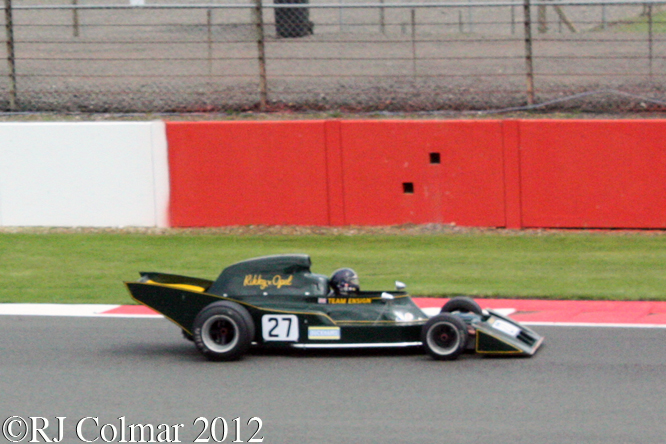
Rikky persevered with the Ensign team into 1974, but after two failures to start due to uncompetitiveness and handling issues he switched to the second works Brabham car which netted him two career best 9th place finishes in Sweden and Holland.
A couple of failures to qualify in Monaco and France was enough to bring Rikky’s Grand Prix career to an end on the anniversary of his first season at the top table of the sport.
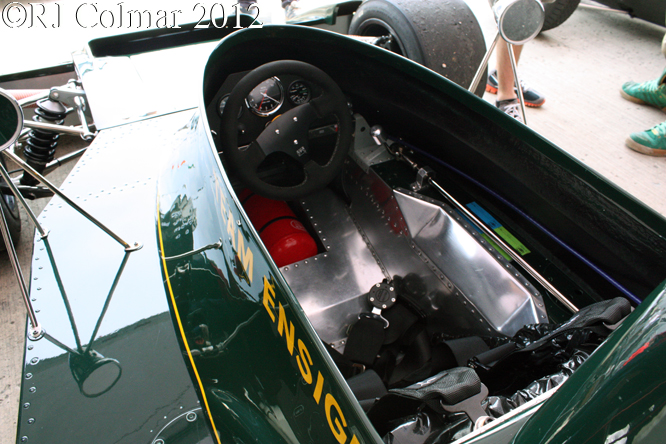
The car seen here was used primarily as a back up car in 1974, Vern Schuppan raced the car in the 1974 Swedish Grand Prix, but was disqualified for having started unofficially from 26th place on the grid having completed 77 laps and finished 12th.
Mike Wilds attempted in vane to qualify MN01 for the Austrian, Italian and Canadian Grand Prix before finally qualifying 22nd for the 1974 United States Grand Prix where he completed 50 of the scheduled 59 laps to record an unclassified finish in a car that was much modified from it’s original appearance.
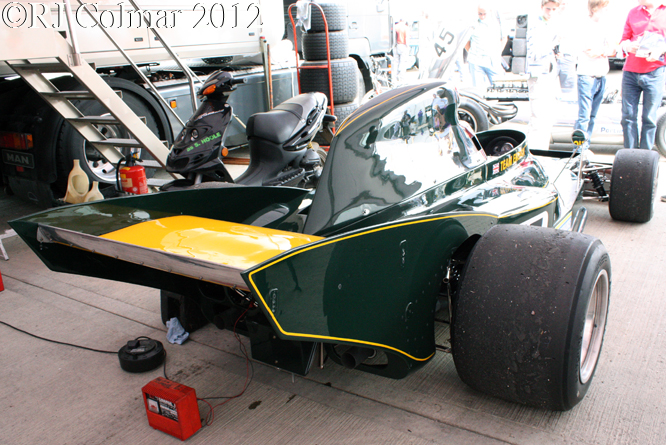
Mo Nunn continued in Formula One mostly as an at best underfunded single car team until 1982.
1972 Le Mans winner Gils Van Lennep scored the Ensign team’s first point at the German Grand Prix in 1975 and the teams best finish was recorded by Marc Surer who finished 4th and was credited with the fastest lap in the 1981 Brazilian Grand Prix.
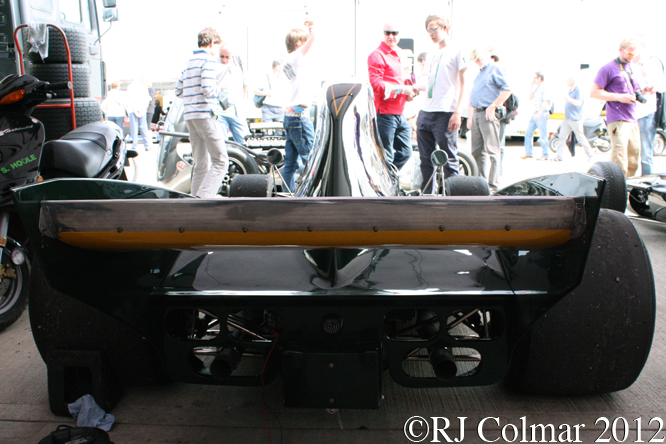
Among the many drivers that drove Ensign cars in Grand Prix were Le Mans winners Vern Schuppan, Chris Amon and Jacky Ickx, Ferrari refugee Clay Regazzoni, USAC/Cart winner Danny Ongias and future World Champion Nelson Piquet was given his Formula One debut at the 1978 German Grand Prix where he qualified 22nd and retired after 31 laps.
After his team was sold to Teddy Theodore “Mo” moved to the United States where he was chief engineer for Alex Zinardi and Juan Pablo Montoya at Chip Ganassi Racing when they dominated the CART championship from 1997 to 1999 and the Indy 500 in 2000. After a spell running his own IRL cars with varying degrees of success Mo Nunn returned to Ganassi as a technical adviser in 2004.
Thanks for joining me on this “The Green Batmobile” edition of “Gettin’ a li’l psychoontyres” I hope you will join me again tomorrow. Don’t forget to come back now !
